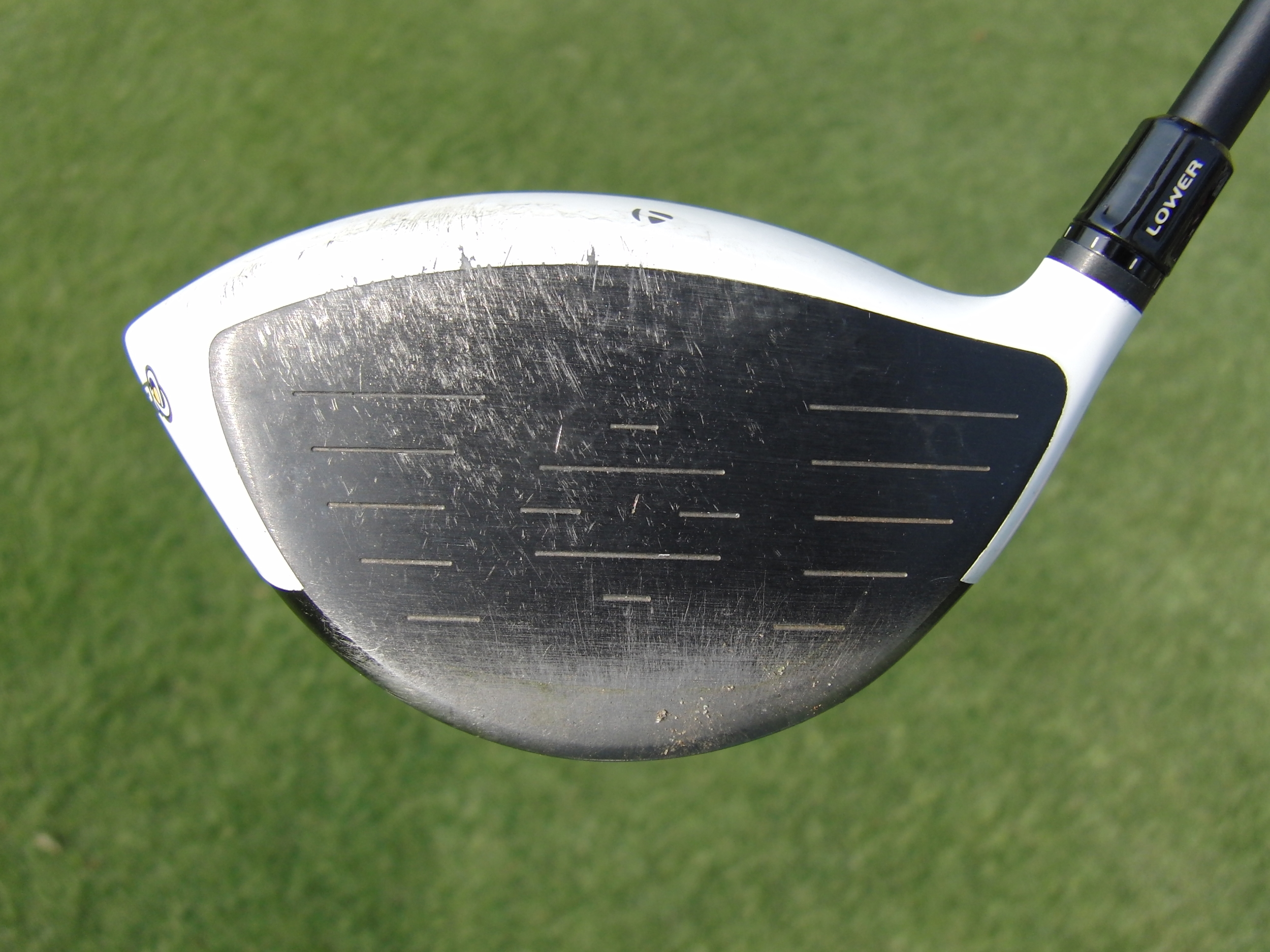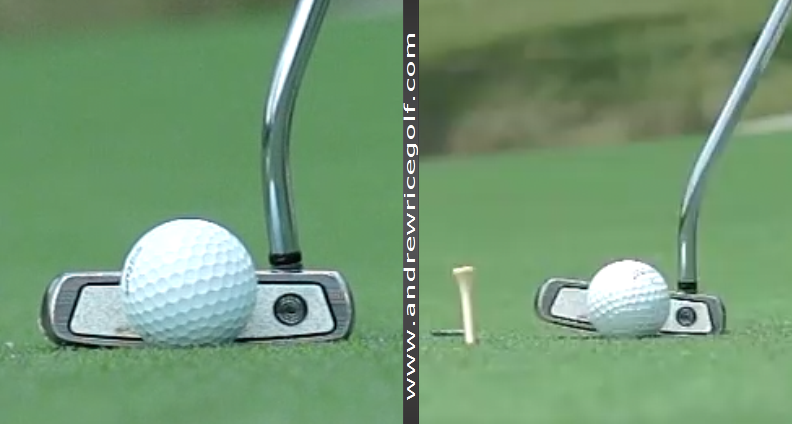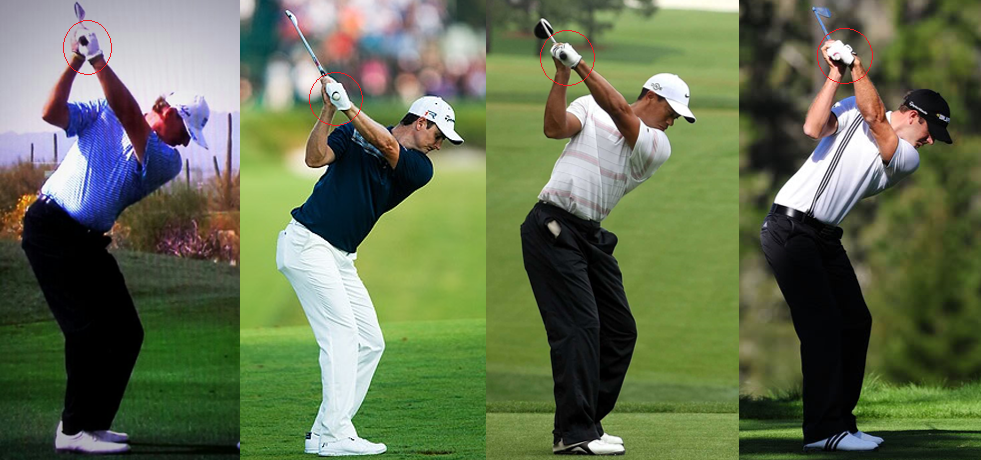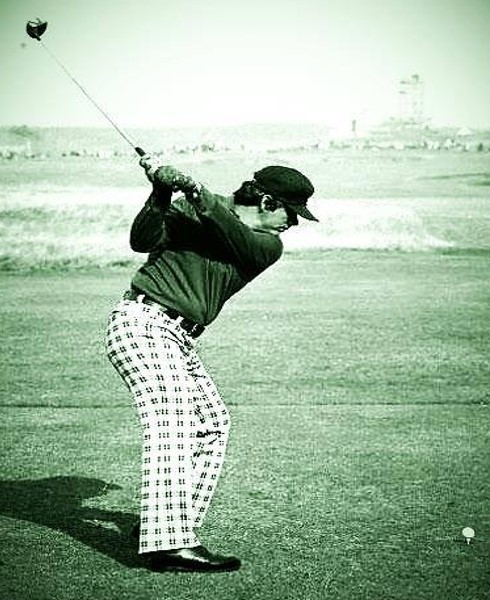How to Get Better
/Here are my forthcoming clinics that might be of interest to you. All clinics take place at Berkeley Hall in Bluffton, South Carolina. I will have discounted copies of the Impact Collection DVD Set available for all participants at each session.
Please be aware that each of these clinics will sell out. Please contact terri@andrewricegolf.com to book your reservation today. I hope to see you there!

















































